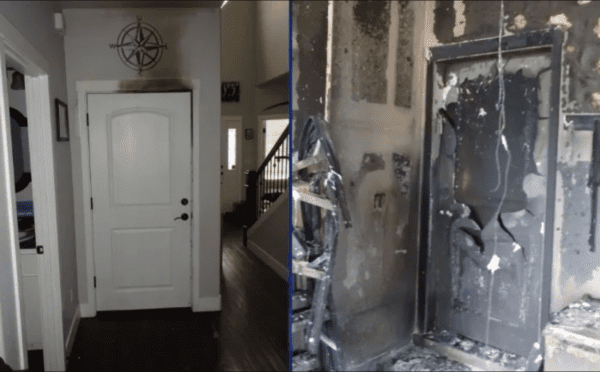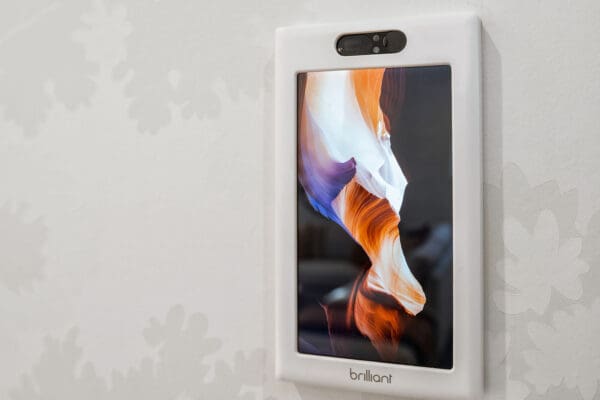When you’re in the market for a new home, one of the biggest decisions you’ll face is whether to buy a resale home or invest in new construction. Beyond the fresh design and modern amenities, new-construction homes provide unparalleled safety features that older homes simply can’t match. Modern advances in construction materials and techniques contribute to sturdier, more resilient structures that are much safer than older homes.
In this blog, we’ll explore why choosing a newly built home is not just a matter of style but also a smart investment in your family’s safety and well-being.
Safety Features of New Construction Homes
-
Enhanced Fire Safety
- Modern fire safety systems include hardwired smoke detectors and fire alarms.
- Air-sealing homes, so if a fire starts, it’s more difficult to spread to other areas.
- Properly sized circuit breakers to handle higher demand.
- Air-sealed electrical boxes keep potential sparks contained.
- Fire-resistant building materials like gypsum wallboard and fire-rated doors are commonly used in new homes, especially in garages, where fires are most likely to occur.

A fire door kept flames contained in the garage of this home.
-
Improved Electrical Systems
- Modern electrical wiring and systems reduce the risk of electrical fires and hazards. Although it’s now largely phased out due to its fire risk, homes built before the 1950s may have knob and tube wiring, which often increases home insurance rates.
- New homes typically have updated circuit breakers, grounding systems, and GFCI outlets in wet areas. GFCI outlets detect when electricity flows through an unintended path, such as water or a person, and shut off the power immediately.
- An AFCI outlet detects dangerous electrical arcs (tiny sparks) that could start a fire and automatically cut off the outlet’s power. These are installed in hallways or other common areas where appliances like older vacuums might demand a lot of power.
-
Advanced Plumbing Systems
- Outdated materials like lead pipes can pose health risks. Copper pipes are more prone to splitting from freezing and are soldered in more places, giving more opportunities for line breaks.
- Modern materials like PEX (cross-linked polyethylene) are more durable and less prone to failure.
-
Stronger Foundations and Structural Integrity
- Advances in engineering and foundation construction methods lead to more stable and secure foundations, reducing risks associated with settling or shifting. MN follows greater seismic requirements due to heavy earthquake risks that are especially important in the Pacific Northwest.
- The use of better-quality materials ensures longer-lasting structural integrity. Foundations on historical homes often used “rubble-trench” foundations. Fewer cement-content regulations mean these foundations have inconsistent rock sizes, leading to a potentially weaker foundation.
-
Energy Efficiency and Indoor Air Quality
- New homes are built with energy-efficient materials and systems, including improved insulation, double or triple-paned windows, and high-efficiency HVAC systems, which improve indoor air quality.
- Reduced risk of mold and mildew due to better ventilation and moisture control.
- Carbon monoxide sensors are now standard in new builds.
-
Modern Safety and Security Features
-
- Advanced locking systems and reinforced entry points deter potential intrusions.
- Safety glass is required in areas that are more likely to be broken easily, such as shower doors or windows close to the ground.
- Integration of smart home technologies, including security systems, cameras, and automated lighting, enhances overall safety. Set up your brilliant switches on timed cycles when you’re out of town for extra home security.

Brilliant Smart Home Hub in an MN Home.
-
-
Compliance with Environmental and Health Standards
- New homes must adhere to stricter environmental and health standards, such as using low-VOC (volatile organic compound) paints and materials and reducing exposure to harmful chemicals.
- No post-purchase surprises of mold growth or asbestos when purchasing a new construction home.
-
Builder Warranties
-
- New homes often come with builder warranties covering structural defects and other issues, providing homeowners with peace of mind. MN’s Warranty provides homeowners with several check-ins post-purchase to ensure everything is perfect.
- MN Custom Homes proudly offers an innovative warranty app that makes it easy to contact your warranty specialist and ask questions whenever needed.
Come Home to Quality and Security with MN
Choosing a new construction home isn’t just about modern aesthetics—it’s about investing in the safety, durability, and comfort of your family for years to come. At MN Custom Homes, we combine the latest advancements in construction technology with personalized design to create homes that are not only beautiful but built to the highest safety standards.
Start designing your dream home with us today and experience the unmatched quality and security that only a custom-built home can offer. If you’re interested in learning more about our designs or designing your own MN Custom Home, check out our presales page.

